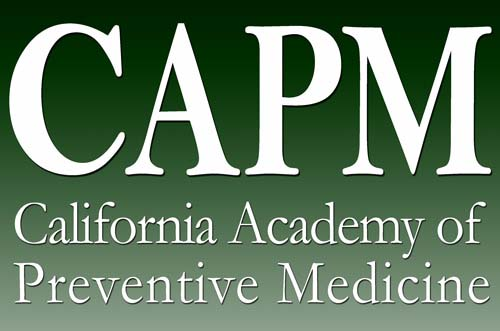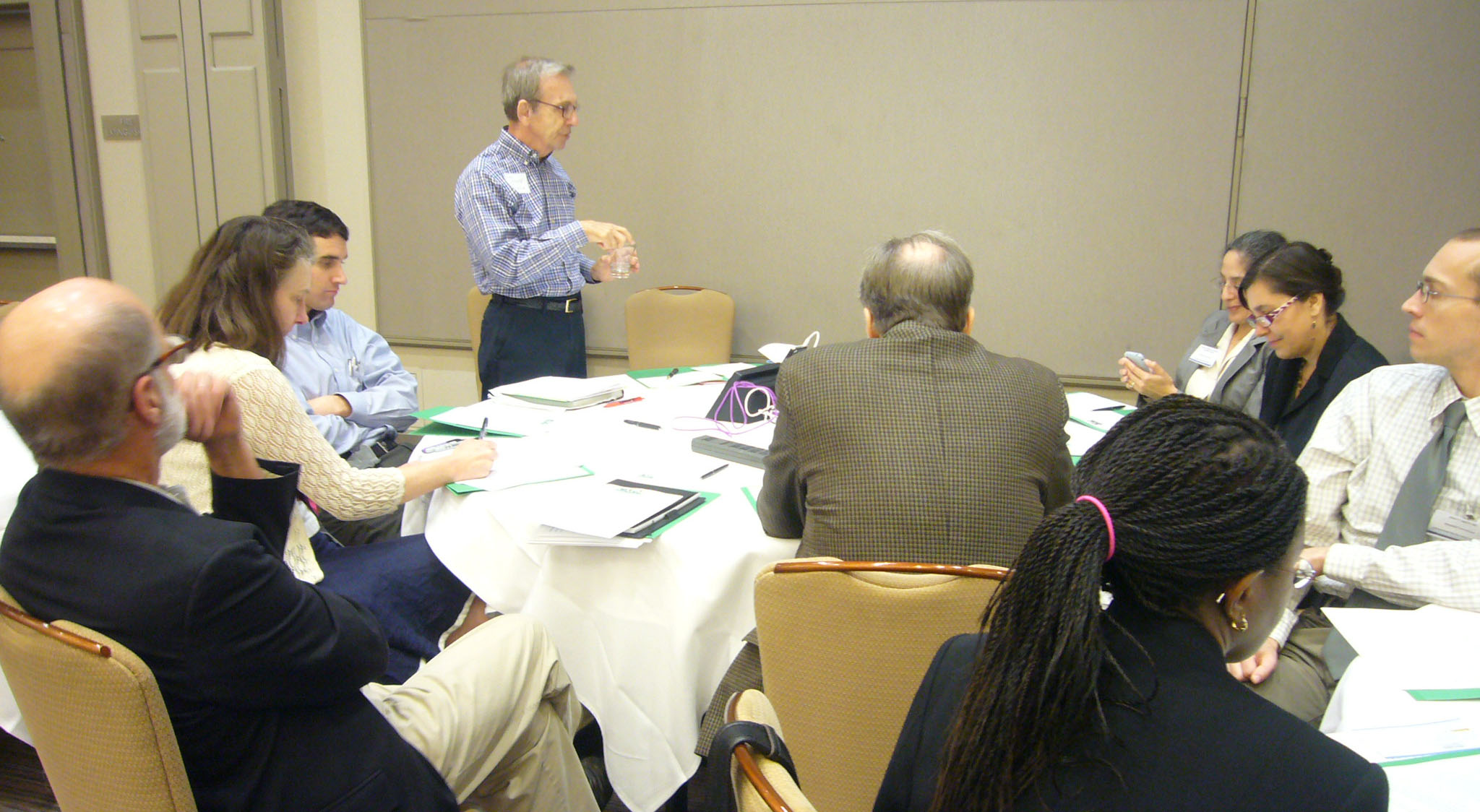News/Blog
BRIEF SUMMARY OF ANNUAL CAPM MEETING IN SACRAMENTO, 12/10/18
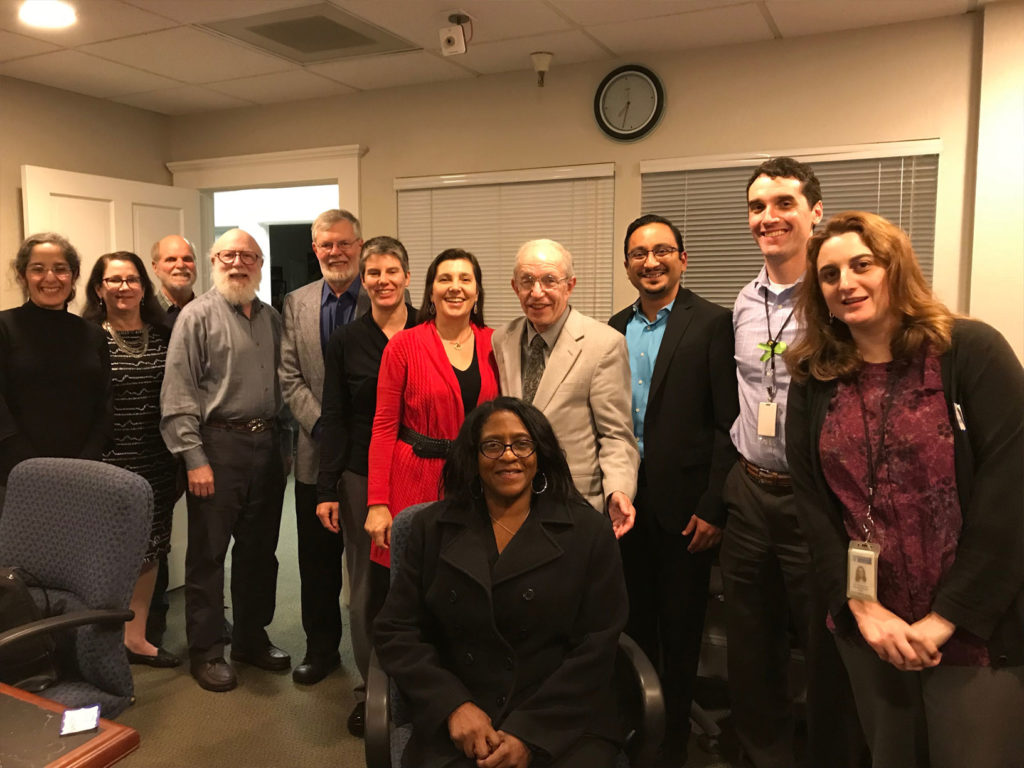
All participating in the December 10 meeting of CAPM in Sacramento agreed that it was an excellent event. It was held at the office of the Health Officers Association of California, thanks to courtesy hosting through Kat DeBurgh, Executive Director, and was chaired by President Rob Oldham. A delicious catered dinner by Chrysalis Catering was served. Other members (especially from Southern California) phoned in, and the conference calling had good reception. This was an opportunity to enhance networking among our members and to promote a community of Preventive Medicine physicians.
Julie Vaishampayan, Stanislaus County Health Officer, was elected as President-Elect for 2019 and will become President in 2020. Aimee Sisson, the CDPH PrevMed residency director, was elected to a 3-year term as a director on the Board. I was re-elected to serve as Secretary-Treasurer for another year.
Susan Bradshaw, our current President-Elect, will be President in 2019. Continuing directors are Mark Horton and Sumedh Mankar. Rob Oldham, our 2018 President, will become immediate Past-President. These continuing positions were automatic and did not require votes.
Rob Oldham shared recent accomplishments and Susan Bradshaw shared her vision for the coming year. Reports were presented by Don Lyman and approved on the legislative work of CAPM on multiple bills related to prevention and public health, and on CMA resolutions dealing with the same. Mark Horton related the work of the Medical Leadership Forum for Prevention and Public Health (sponsored by CAPM), which among other things tackled the major public health problems of obesity, violence, and wildfires. Ideas for future projects were discussed.
Annual CAPM Meeting in Sacramento 12/7/17
ANNUAL MEETING SUMMARIZES 2017, PLANS FOR 2018
CAPM held its 2017 Annual Meeting in Sacramento on December 7.
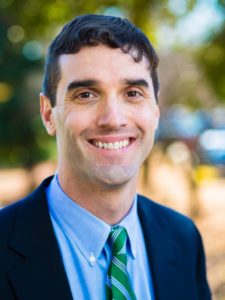
Election:
Members newly elected to the Board for 2018 included Susan Bradshaw as President-Elect; and Sumedh Mankar and Mark Horton as directors. Rob Oldham, who was President-Elect for 2017, will move up to be President in 2018. Continuing Board members will include Linda Hill who will become Immediate Past-President, Ron Hattis, who will remain Secretary-Treasurer, and Liana Lianov, who has a year remaining as a director.
In Rob Oldham’s remarks as incoming President, he addressed the importance of legislative advocacy. He suggested that 2-3 issues or bills could be selected annually, for a larger number of members to be involved with. Rob also pointed out the dramatic reductions in Health Realignment funding that is a huge threat to local public health. He talked about the importance of our relationship with CMA. He mentioned that we might have an opportunity to influence the public health policy platform of gubernatorial campaigns. He concluded by talking about how fortunate we are to have a state Preventive Medicine Academy, as most states do not have this.
Legislation:
Don Lyman and Ron Hattis reported on legislation. The CAPM Board supported 13 bills in 2017 and opposed 1. Of the 14 on which we had positions, 6 passed and were signed (including the one we opposed).
The six bills passed and signed into law will:
- Develop protocols for CHDP exams to include trauma screening
- End the requirement that health facilities treat pain as a vital sign (Don mentioned that a recent article in the New Yorker suggested that in formerly promoting this concept, the medical community had been used by opiate manufacturing marketers.)
- Establish alcohol training for beverage servers
- Develop regulations for child lead risk evaluation
- Assure that Medi-Cal patients can obtain family planning services out of network
- Rescind penalties for knowing exposure to HIV and other communicable diseases (CAPM, in partnership with Beyond AIDS, was not able to negotiate a compromise with the sponsors, so we opposed this bill and asked unsuccessfully for a veto. We wanted to preserve a misdemeanor penalty for behavior that knowingly exposed others to communicable diseases in general, and thought that giving up that power weakened public health.)
Don also reported he had been the lead author of the CMA report recommending changing cannabis laws, and CMA recommended him as a lead spokesperson for the statewide initiative on recreational cannabis.
CMA Activities:
Don, Ron, and Susan Bradshaw also reported on CMA representation. CAPM has several avenues for input on CMA policy: by testifying online on resolutions, through its three current representatives on the Council on Science and Public Health, and through representation at the House of Delegates. Don is the chair of that Council, and Rob Oldham and Jessica Nunez are members. Don explained that under the new structure, policy in the form of resolutions is determined by the Board of Trustees rather than by the much larger House of Delegates, except for a few major issues referred to the latter. Following initial testimony, resolutions are distributed among Councils for review and recommendations (usually including amendments). CMA members, specialty societies, and delegations may post online testimony before and after council review. Finally, the resolutions are referred to the Board of Trustees for definitive action. CMA has been active on public health issues since the late 1980s.
In addition to reviewing resolutions, during the past year, the Council on Science and Public Health has produced policy papers for Board of Trustees approved on Mental Health and on firearms and violence.
Topics of resolutions supported by the CAPM Board, for which substitute (amended) resolutions were approved by CMA, included:
- Addressing antibiotic-resistant bacteria as an emergency
- Improving implementation of medical cannabis
- Limiting categories of drug prescriptions that should be reported on the CURES database (the CAPM Board favored limiting to Schedule II but the CMA Board of Trustees disapproved this)
- Support for the National Institutes of Health
- Making oral contraceptives available over the counter, with pharmacists counseling patients (A majority of the CAPM Board favored this, although the issue was controversial. The Council and Board of Trustees considered this premature pending the results of studies in which pharmacists are being trained for this task.)
- Support for programs to prevent resumption of smoking after release from prison
- Promotion of education on celiac disease
- Improving the quality of immigration detention health
- Regulation and monitoring of medical exemptions from childhood immunizations*
- Allowing use of medical cannabis by patients in opioid treatment programs*
- Establishing standards for workplace lead exposure*
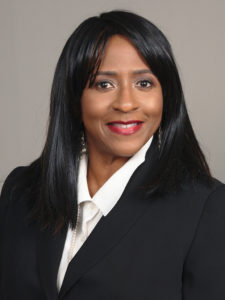
The CMA House of Delegates met October 20-22, 2017, in Anaheim. Susan Bradshaw (attending for the first time as CAPM’s Alternate Delegate) thanked Don Lyman (CAPM’s Delegate) and Ron Hattis (Past Delegate) for sharing their experience, to orient her. Susan found that Preventive Medicine physicians have a lot to offer. She was asked a lot of questions on chronic disease prevention, lifestyle medicine, and epidemiology. Someone introduced her as a “Preventive Medicine physician, one of the smart ones.”
Ideas for Future CMA Resolutions to be Introduced by CAPM:
CAPM has not introduced its own resolutions to CMA for quite a while. Ron Hattis suggested that we resume doing this if we have good public health ideas that are not already CMA policy. In brief “brainstorming,” the following were proposed by members listed in parentheses, as topics for consideration by the Board:
- Prioritization of Linkage of CURES and Immunization Registry to EMRs (Ron Hattis)
- Promoting routine HIV testing and early initiation of treatment, incl. implementing CA laws (Ron Hattis)
- Encouraging the general population to fill out POLST forms and to start end of life discussions when they enroll into MediCare (Sumedh Mankar)
- Supporting increasing opioid treatment capacity via “MAT access points” (medication-assisted treatment, e.g., buprenorphine availability) in primary care, ERs, inpatient settings, and the criminal justice system (Christine Wu)
- Supporting naloxone accessibility (Mark Horton)
- Preserving funding for public health in the face of realignment (Rob Oldham)
- Finding sources of funding for Preventive Medicine residencies (Jessica Nunez)
Ideas will be considered by the CAPM Board. Ron reminded the group that resolutions introduced by CAPM should be within our area of specialization and expertise, and individual specialties or delegations do not attempt to dominate the conversation by sponsoring more than 1 to 3 resolutions at a time.
California Preventive Medicine/Public Health Medical Leadership Forum:
The Forum has been holding conference calls since 2014. Mark has been the Chair the entire time, and Ron the Secretary. Mark Horton briefly reported on the Public Health/Preventive Medicine Physician Leadership Forum calls, with reference to a written report from Ron Hattis. A written summary of what was discussed at the last 4 meetings was also presented.
These calls typically occur every three months. There is broad participation from physician leadership, with designated representatives from academic medical centers and schools of public health as well as from other organizations including HOAC, CMA, AAPM, CDPH and DHCS, and from CAPM membership. Topics for discussion typically include medical student exposure to public health and to Preventive Medicine and Occupational Medicine as specialties, including training and career opportunities, and review of current bills pending in the legislature and resolutions being considered by the CMA, as well as a broad range of other topics relevant to public health. The most recent call was on 5 December; at which the roles of local public health and its relations with educational institutions and organized medicine were discussed. The next one will be scheduled in three months–usually 8:15 am to 9:30 am on a Tuesday morning.
Mark also mentioned that he serves on the Governing Council of the California Public Health Association-North, and that he has encouraged consideration of formalizing a relationship between CAPM and CPHA-N to better align policy and advocacy efforts; and offered to serve as a liaison between the two organizations to that end.
*Board of Trustees action for these resolutions was pending as of the annual CAPM meeting, and was taken on January 19, 2018.
Annual CAPM Meeting Held in Sacramento, 10/2/14
President Don Lyman leads discussion at Annual CAPM meeting, 11/2/14
The Annual Meeting of CAPM was held at the Hyatt Regency Hotel, Thursday, October 2, in Sacramento, California, in conjunction with the fall CCLHO/HOAC meeting and CME program in Sacramento. Members who had listed their current e-mail addresses were notified of call-in information and sent handouts.
New officers for 2015 were elected. (For the list of 2015 and 2014 officers, see leadership page.)
A legislative report was presented. Four out of nine bills supported by CAPM passed and were signed into law. (For a list of bills and the letters sent by CAPM, see legislative update.)
Four resolutions were approved, to be submitted to the California Medical Association. Topics included:
1. Promotion of the Wellness Plan issued by the California Department of Public Health
2. Urging abolition of a Medi-Cal regulation preventing reimbursement for visits to different specialists at the same clinic on the same day
3. Calling for restoration of HIV/AIDS prevention funding in the state budget, which was deleted in 2009 and never restored
4. Supporting infection control precautions in ambulatory care settings
Following the meeting, those interested walked to the nearby HOAC office, for the retirement party of Bruce Pomer (HOAC Executive Director and Honorary Member of CAPM).
CAPM President’s Report on 2014 CMA Council on Legislation, Legislative Leadership Conference, and Specialty Society Meeting
California Academy of Preventive Medicine (CAPM)
REPORT from
CALIFORNIA MEDICAL ASSOCIATION (CMA)
Council on Legislation (COL)
(Sacramento, 20 March, 2014)
40th Annual Legislative Leadership Conference
(Sacramento, 22 April, 2014)
Specialty Society Meeting
(Sacramento, 23 April, 2014)
The CMA held three annual meetings in March/April in Sacramento. CAPM was represented at each by our President, Donald Lyman. This is a brief report summarizing all of them together, with special attention to currently pressing matters for the profession as-a-whole.
Council on Legislation: This is the governing Board of the CMA PAC. CAPM has one vote on the Council of about 100 participants. It considers CMA’s position on legislative bills and then sends it’s lobbyists into the Capitol to advocate for/against the measures.
40th Annual Legislative Leadership Conference: This is CMA’s annual “Lobby Day” at the State Capitol. It draws more than a thousand CMA members to a briefing on current issues and legislative bills and then sends them into the Capitol to meet legislators with CMA’s position on those bills. The premium is on the legislative visits by conference participants to advocate for/against targeted bills now under consideration by the legislature.
Specialty Society Meeting: This is a group of Specialty Society Presidents, CEOs and other officials to coordinate efforts and hash out disagreements on policy.
BRIEFINGS: Clearly CMA is laser-focused on the fall 2014 initiative sponsored by the Trial Lawyers Association to repeal MICRA (Medical Injury Compensation Reform Act).
MICRA: This Act was enacted in 1975 to limit permissible awards for pain and suffering in malpractice suits. It was almost universally seen as an abused legal-loophole to permit trail lawyers to realize enormous rewards for themselves at the expense of their clients. Following the enactment, malpractice rates went down and that cost-center became a more stable part of the medical care cost structure. States which did not enact a MICRA-like statute suffered high attrition rates of specialists (New York has 17 counties with no obstetricians at all) and disincentives for many specialists to stay in those states.
- Initiative: The trial lawyers have failed to get the statute repealed in the state legislature and so have turned to the initiative process. The MICRA piece of it is hidden behind an emotional appeal addressing the current heroin epidemic (see: Controlled Substances Misuse below). It blames wayward physicians for causing the current epidemic with over prescription of opioids and then mandates solutions like random drug/alcohol testing of all physicians. BUT, the real target is clear – MICRA! They will clearly run an ugly anti-physician campaign.
- CMA Response: CMA has lined up an all-star-cast to campaign against the initiative. Many other CMA priorities are now on the back-burner as they enter this fray. Most of the strategies and tactics discussed at these meetings are highly confidential (so, I will not put them in this eMail). We may expect solicitations to join in the effort as election day approaches.
CAPM position: We are opposed to the initiative as is almost the entire medical care community. The benefits it would bring to the public are just not there; the damage it would do is considerable. Does that mean there is no room for amendment of the MICRA law downstream? NO; that will happen with time. However, the initiative process is not the place to do that.
OTHER BRIEFING ISSUES:
- The other Trial Lawyers initiative on the fall 2014 ballot is one addressing rate regulation for medical care. It would award the State Insurance Commissioner authorities over rate setting. While all seem to agree the current system of multiple regulation loci needs to be changed, all also seem to agree this is not the solution and the wrong way to find it à Right Problem / Wrong Solution. It instead builds more redundancy into the system and is yet-another way for the trail lawyers to stretch-out the appeals process with more-and-more hours charged for their services. (NOTE: CAPM has not yet taken a position on this initiative)
- Covered California (California’s part of the Federal Affordable Care Act {ACA}): California has been unusually successful in enrolling people into the new system. Nationally ACA signed up 8 + million people; California signed up 1.4 million in the Covered California system and another 1.9 million as new MediCal patients.
- Controlled Substances Misuse:
- Some 15 years ago, advocates for better pain management (that is, greater use of opioids) leveraged mandatory physician continuing medical education (CME) of “End of Life and Pain Management.” Since then, the number of opioid prescriptions has increased 400%. Concurrently, the frequency of opioid overdose deaths from illicit use of the prescribed drugs has increased 400%. Also concurrent with this, the State’s CURES system (registry of opioid prescriptions for use by physicians and pharmacists to prevent abuse) fell into disrepair due to its age and to budget cuts at the State Department of Justice.
- In 2012, the L.A. Times published a seven part exposé on the deaths (“Dying for Relief”) and blamed it all on irresponsible physicians. Since then, the problem has been identified as a national one with multiple causes.
- The response to these dynamics is several as it effects California physicians:
- The Trail Lawyers initiative for fall 2014 builds on this story to blame physicians for the problem and call for rather ugly solutions – all of which are there to clearly mask their real intent to repeal MICRA.
- The Medical Board of California (MBC) is considering new guidelines for opioid uses. The CMA has produced a White Paper to help the MBC in its work (on the CMA web site. http://www.cmanet.org/resource-library/detail?item=prescribing-opioids-care-amid-controversy ).
ADVOCACY (Legislative Bills): These are bills actively pursued by CMA during these meetings –
SUPPORT:
AB 1771 (V. Manuel Pérez) – Reimbursement for Telephone/ Electronic Patient Management.
AB 1805 (Skinner, Pan) – Restores 10% cuts to MediCal Provider rates.
AB 2400 (Ridley-Thomas) – Elimination of all Product Clauses.
AB 2458 (Bonilla) – Medical Residency Training Program Grants.
SB 1000 (Monning) – Sugar Sweetened Beverages labelling act.
OPPOSE:
SB 1215 (Hernandez) – Self referral
Donald O. Lyman, MD, President CAPM
25 April, 2014; Sacramento
Pomer honored at April 17, 2014 CAPM Dinner Meeting, Mission Inn, Riverside, CA
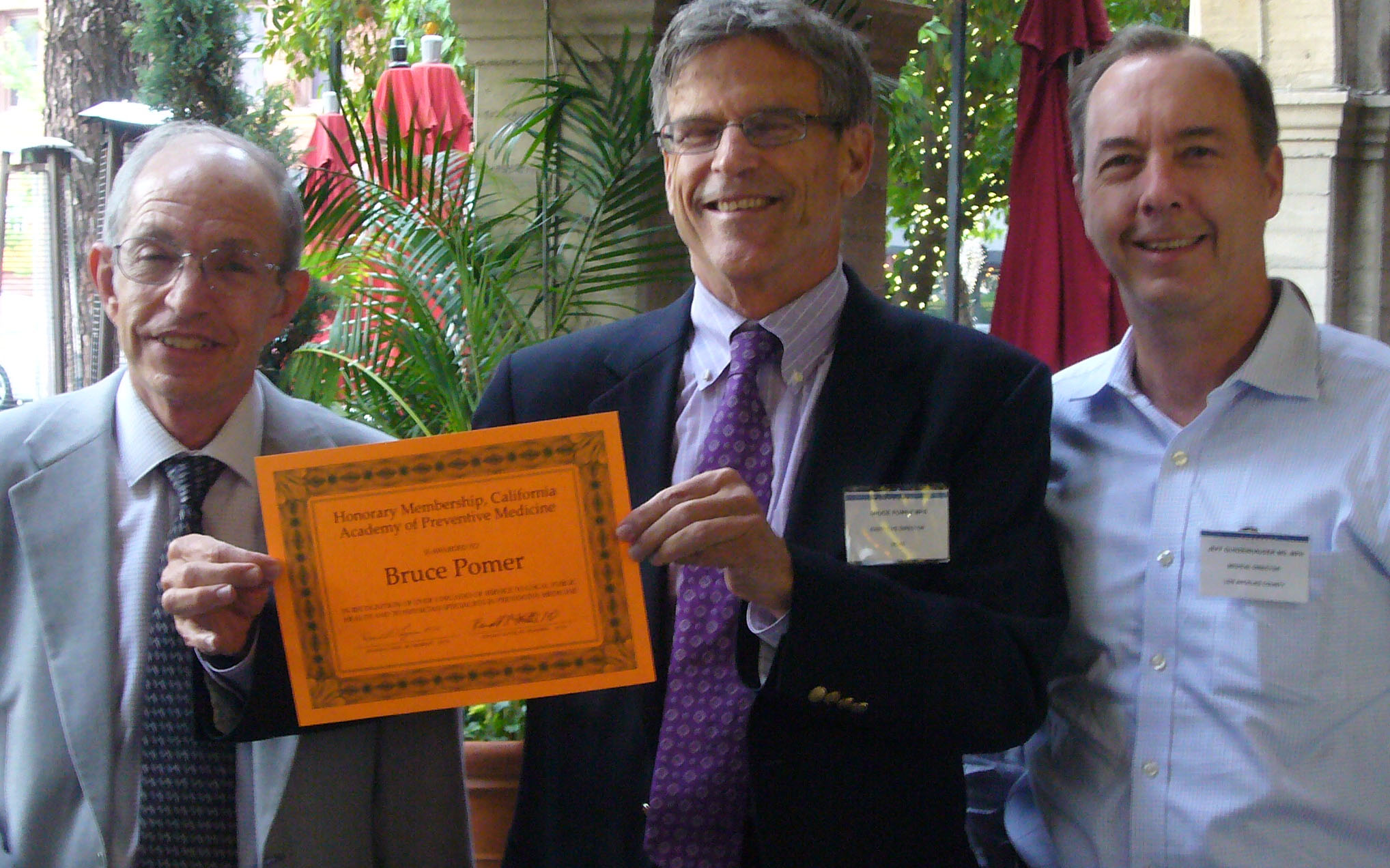
In a gesture of respect and admiration, CAPM awarded an honorary membership to Bruce Pomer, longtime director of the Health Officers Association of California (HOAC), on April 17, 2014. The presentation occurred at a CAPM dinner meeting at the famous Mission Inn in Riverside, CA. Pomer is completing his final year as Executive Director of HOAC, and has worked for the organization for just over 30 years. The meeting was scheduled during the annual spring conference of HOAC and its sister organization, the California Conference Of Health Officers (CCLHO) at the same location.
Pomer was given a certificate explaining that the honor was “in recognition of over 3 decades of service to local public health and to physician specialists in preventive medicine.” He spoke to the group about anecdotes from legislative advocacy on behalf of the health officers during this long period, including shifts in funding sources and struggles to assure sufficient resources to support local public health. Perpetual struggles to safeguard public health were symbolized by the fact that the first bill he lobbied for, and the last 30 years later, both had to do with regulating raw milk, the source of many infectious disease outbreaks.
Also recognized at the meeting for past service was Ellen Alkon, who served as President of CAPM for five years with a total service on the Board of about ten years over three decades.

Other items of business at the meeting included:
– A report from Ron Hattis on CAPM’s activities, including a new statewide Preventive Medicine Leadership Council promoting specialty training and public health infrastructure (see last blog article), and our new Web site (www.capreventivemed.org)
– Ideas for four 2014 CAPM resolutions to be presented at CMA were proposed, and will be referred to the Board for consideration
– Four current bills in the California Legislature were recommended to the Board for CAPM support.
